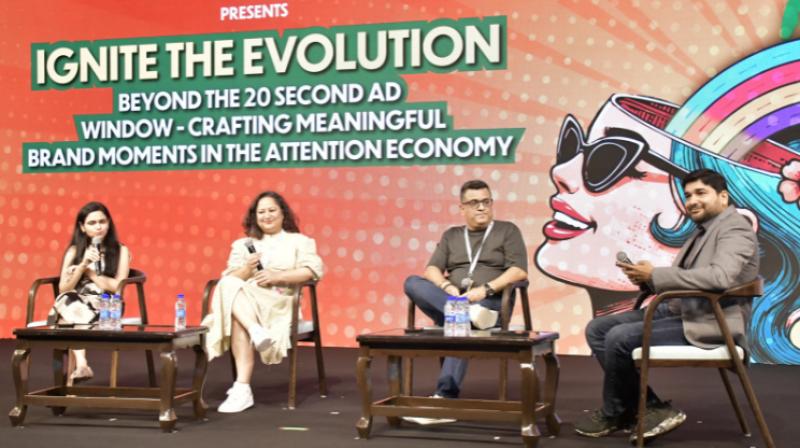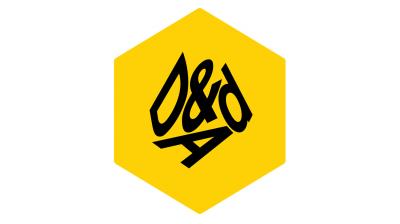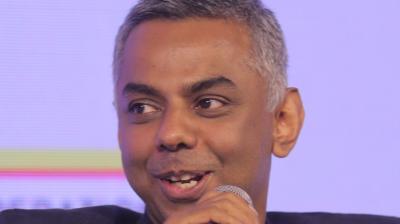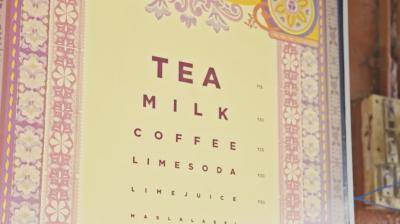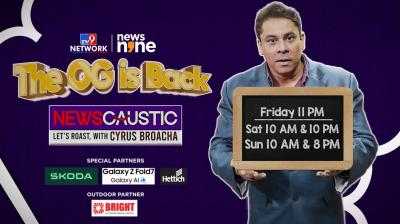As consumer attention becomes the most valuable currency in advertising, brands and agencies must evolve, not just in format, but in mindset.
From platform-specific content strategies to measurable Advertiser Funded Programmes (AFPs) and immersive formats, the 20-seconder may still be alive, but it no longer stands alone.
To dive into this, on the last day of Goafest 2025, a panel spoke on the topic 'Beyond the 20-second ad window – crafting meaningful brand moments in the attention economy'.
The session was moderated by Yash Chopra, head - video ad sales, Amazon Ads, and featured Kanika Anand, general manager – media, Airtel; Rashmi Sehgal, chief digital and transformation officer, Zenith; and Ajay Mehta, head – content and creative services, GroupM.
Together, they unravelled the evolving logic of media spends and storytelling formats in a world where thumb-stopping content must compete with endless scrolls and fleeting glances.
Short vs long-form content: The art of contextual storytelling
At the start of the discussion, Sehgal was quick to challenge the binary thinking around ad durations, calling for a sharper eye on context. While 20-seconders still have their place, the intent and platform play a crucial role in shaping how stories are told she stated.
“I may have a 20-seconder ad, but I need to customise it to the context in which it’s playing. On short-format platforms, short formats work, but when I want to build my brand, I’ll lean into long formats series, AFPs. It requires consistent investment, year after year,” said Sehgal.
“Take something like Mamaearth's Beautiful Indians, now in its third year, or the Johnny Walker 'Walkers List'—these are designed for long-term storytelling with a clear vision", Sehgal added.
The 360-degree campaign mindset
Mehta pushed for a platform-first approach, urging marketers to think holistically from the start. A campaign today doesn’t begin with a script - it begins with understanding where and how audiences consume content he explained.
“What’s the job to be done? That’s where it starts. If Reels are where people spend time scrolling all day then that’s a marketer's . And it’s creator-driven, not publisher-driven then,” said Mehta.
He elaborated on using multiple levers to get the message across - from influencer pushes and AR filters to short-form adaptations and platform-specific innovation.
Mehta expressed, “The real beauty today is that you don’t need to brief five platforms separately. One can take a solution on a platter content, media, measurement, and influencer outreach all rolled into one.”
Capturing exposure and driving engagement
Anand offered a framework to decode consumer attention into two elements: exposure and engagement. To stand out, brands must innovate within the environment they exist in—be it a streaming platform or a social feed.
“If I’m on a streaming platform, can I use pause-and-play ads? A split screen? Even an L-band? These formats help grab attention without forcing a viewer out of the content As a marketer, I want to be memorable within the content. That’s the evolution, we need to create impact without disrupting the user experience," Anand shared.
Anand also spotlighted how creative cues like humour and music are playing an increasingly strategic role in grabbing attention.
“There’s a huge creative layer now. Sound design, and humour - they draw attention in cluttered environments. I want to avoid crowded ad spaces and use shorter, high-visibility formats,” she said.
Customisation over standardisation
The panellists agreed that a one-size-fits-all approach doesn’t work anymore - every campaign must be tailored to the brand’s maturity and objectives.
Sehgal emphasised building journeys, not just moments. She said, “Depending on the brand’s journey whether it’s launch or maturity - our creative delivery must adapt. Streaming platforms allow for deeper experiences. Ideally, we want advertisers to see all of these elements as tools in a larger orchestration.”
She also reminded the audience of the importance of measurement in guiding future investments.
“Integration helps scale quickly, yes - but we also look at shoppable ads and immersive formats to track not just media metrics, but intent to buy. What’s the recall, the brand lift, the search uplift—these tell us what’s working," Sehgal voiced.
Rethinking measurement in a fragmented world
For Anand, success hinges on measurement that goes beyond traditional GRPs and TRPs. She shared how Airtel has been leaning into differentiated formats and testing their impact at a granular level.
Anand said, “We measure everything. It’s not just about the 20 or 30-seconder anymore. For instance, we hijacked promos of new web series on OTT and inserted Airtel notifications. We ran tracking studies and got the exact response we were looking for.”
“Short-form gives passive attention; long-form delivers active attention. There’s active, passive, and no attention - plus attention decay. With long-form, you have the viewer for an hour - that’s impactful," she added.
Immersive, measurable, and balanced
Rounding off the session, Sehgal argued for a balance between content formats, highlighting how immersive experiences can deliver up to 6x results over traditional ads. She said, “On short-form, content has to be king. One must understand scrolling behaviour to make an impact. But long-format storytelling builds resonance. That’s the mix we need both must co-exist.”
Mehta wrapped the session with a poignant observation about what clients are asking for today: “When you walk into a client meeting now, they’re not asking for a TVC. They’re asking - can this show drive impact? Can I shift budgets from traditional media into branded content with confidence? It’s not an easy conversation. But it’s happening and we are seeing the shift.”


